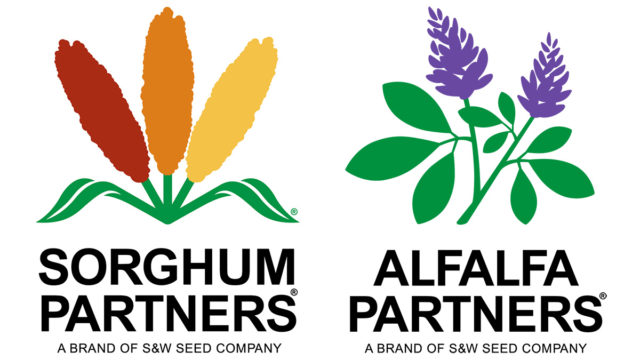This was perhaps the coldest winter in Arkansas since 1989-1990, when temperatures dropped below zero after a dry fall.
Bermudagrass may need some special attention this spring and summer, at least for some varieties and seeded mixtures.
Even Tifton 44 hybrid bermudagrass showed significant injury in the 1989-1990 winter, and several hybrids and seeded varieties or seeded variety blends have been introduced since then that could be more cold-sensitive.
The most cold-tolerant varieties include Greenfield, Ozark, Midland 99 and Wrangler. Arizona Common is a seeded variety with medium cold tolerance that grows well in central Arkansas and farther south. Some bermudagrass varieties such as Jiggs, Tifton 85 and Russell are cold- sensitive but have been increasing in acreage.
In recent years, warmer- than-normal winters have allowed better survival of these and other varieties. For any seeded variety/blend that included the giant-type bermudagrass, that component of the mixture will likely have been killed by the cold temperatures, because giant bermudagrass is perhaps the most cold-sensitive type grown.
Cold injury to bermudagrass can have a range of symptoms. In some cases, the field may take a few weeks longer to green up and in others, stand loss may result in patches or large areas, particularly in more exposed areas, areas of shallow soil or lower-lying areas of the field. In the winter of 1989-1990, extremely cold temperatures following a dry fall led to severe damage to many bermudagrass stands.
This winter, soil moisture was good to excessive, which can help reduce potential damage from freezing temperatures. However, due to the spike in potash fertilizer prices, soil potassium levels are at the lowest levels in recent years, especially in hay fields.
Potassium improves winter survival of bermudagrass, and low soil potassium leads to increased winter injury. New stands will be affected more than older stands.
Assessments made after the 1989-1990 winter suggested that stands with at least one bermudagrass plant surviving per square yard could recover over the summer with good care and management.
Management practices include good spring and summer weed control, proper fertility to support recovery and growth and following an optimum harvest schedule for grazing or hay cutting.
If a field shows severe injury, producers must decide whether they can wait for the crop to recover or if a temporary crop such as millet, crabgrass or sudangrass should be planted for summer forage.
That decision should be made as early as possible so the temporary forage can be planted at an acceptable time, if needed.
For good recovery of damaged fields, soil tests will be necessary to determine phosphorus and potassium fertilizer rates. Hay production removes much more of these nutrients than grazing, so hay field fertility must be managed differently than pasture.
In pastures, some weeds may be controlled with a well-managed grazing system, but additional measures may be needed for hay fields.
Weed control recommendations are available at your county Extension office. If you suspect winter injury of your bermudagrass stand, you can dig some of the rhizomes in several places across the field.
Fleshy, white rhizomes indicate good survival, while very few rhizomes or those that are dried, dark or decayed can indicate poor survival. Contact your county Extension agent if you have questions concerning bermudagrass management. FG
References omitted due to space but are available upon request.
—Excerpts from University of Arkansas Livestock and Forestry Newsletter, Vol. 4 No. 1











